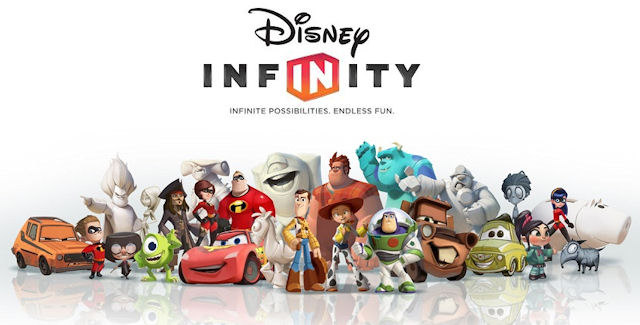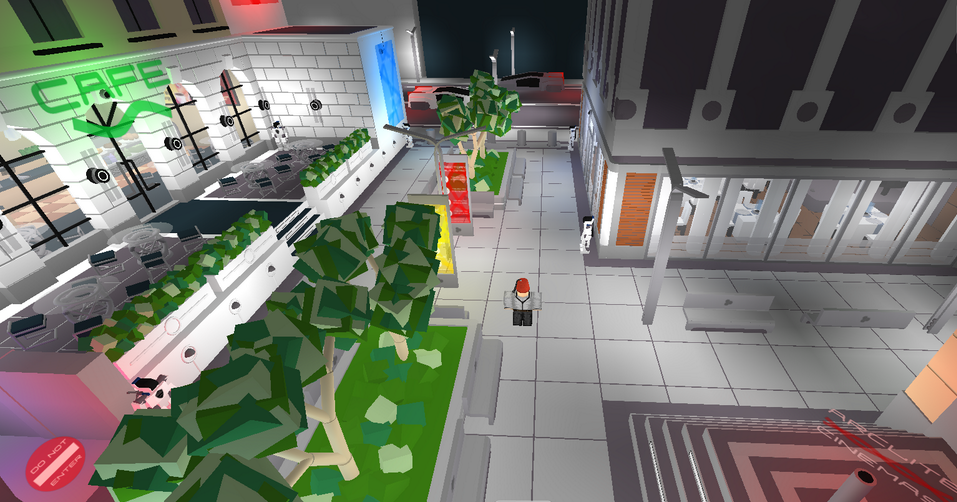Blog Archive
There is a lot of buzz in the video game world about “game creation” games. And most large game companies are trying their hand at letting players participate in creating content. But we’re seeing most of these creations going the way of “mash-up” engines and level editors, rather than as commitments to user-generated content
Let’s talk about Disney Infinity, a game with a sequel on the horizon, as an example.
Disney Infinity is doing very well in the “toys-to-game” space. But the feature that makes Disney Infinity unique among its competitors, such as Skylanders, is the Toy Box feature, which allows gamers to create their own levels. And while Toy Box stands out as the highlight for many critics and fans, it leaves a lot to be desired as a user-generated content platform.
Disney Infinity is ironically limited in its scope by its own branding. Unlike ROBLOX, Minecraft, and Little Big Planet, Disney Infinity doesn’t give players access to the rawest building blocks of game creation. Think of Disney Infinity more as a “mash-up” engine, with prefabs that can be dragged and placed. The prefabs themselves are made by Disney, and every game uses the same ones.
These constraints limit the creative space of the game. Let’s say you look for a brawler or kart racer with Disney characters in it. When you look at all the creations people have made, you’ll be hard pressed to tell the difference between any of them.
The reason games like Minecraft, Little Big Planet, and ROBLOX succeed is because you can share the experience with other players all over the world together, in real time. Disney Infinity is limited in its ability to share games. You can upload your levels in-game, and other players can download and play them, but the levels you make in Disney Infinity don’t support online multiplayer.
In Disney Infinity you’re creating in a bit of a vacuum because it’s difficult to request and collect feedback on any of your games. A community that can get excited about each other’s creations is crucial to success.
True to Disney, the characters in Infinity dance the line between cute and cool. As a first step into the world of game creation, Disney Infinity works well. The simplicity and pre-built aspects of Toy Box make it easy for anyone to create something fun, without needing to learn scripting.
Those that really want to develop games will quickly learn everything they can from the Toy Box. And the sequel’s additions seem geared more towards making it even easier for first timers, rather than expanding the potential for bigger and more complex games.
At ROBLOX we strive to give our developers the tools they need to create whatever their vision is. You’ll never see someone make a murder mystery game on Disney Infinity. Or a long-form adventure game. Or even a fashion modeling game. These are all possible because ROBLOX lets developers create games that look and play how they want, not how the pre-made assets and logic dictate.
ROBLOX makes it easy to get your game out to other people. Ultimately, we believe the freemium model will triumph over paid games such as Disney Infinity. And when it comes to user-generated content, we want our developers to feel rewarded. You’re not going to see Disney, Nintendo, Sony or Microsoft paying young developers for their creations in their games.
It’s great that the industry is recognizing that the future is at least partly one of user-generated content, but only halfheartedly embracing it isn’t quite enough. To be truly successful, user-generated content needs raw building materials, an ease of sharing creations, and a community that encourages interaction. Until it gets that, Disney Infinity’s Toy Box will not be the game’s key driver for fun and attracting players.

